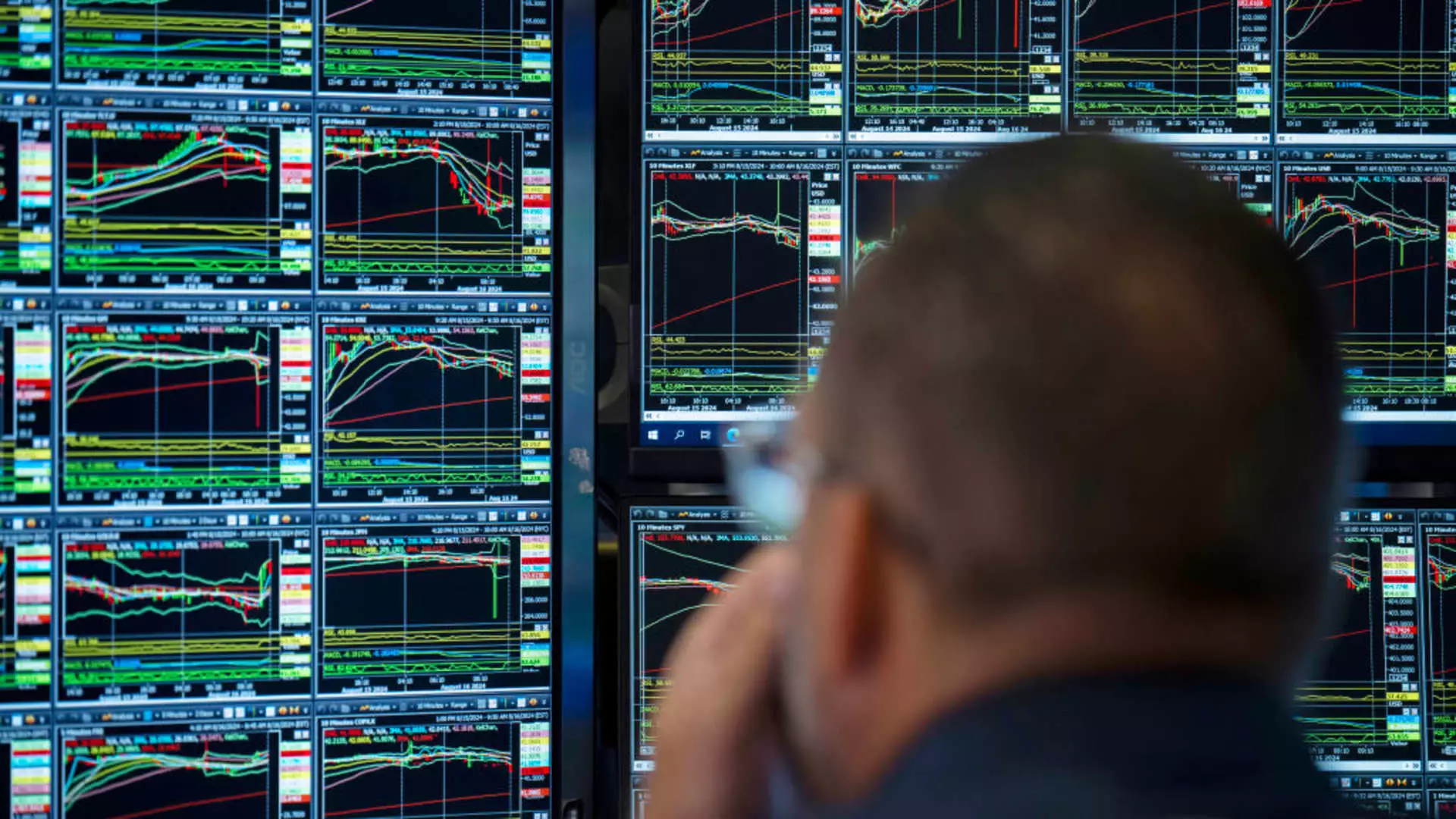In light of recent market volatility, investors are seeking ways to protect their portfolios from potential downside risk. One such option that has gained attention is buffer exchange-traded funds (ETFs). These ETFs are designed to offer a level of protection against market downturns, making them an attractive option for those looking to mitigate risk while still gaining exposure to the market.
According to Bruce Bond, CEO of Innovator ETFs, buffer ETFs provide investors with the opportunity to participate in the market while minimizing the full extent of its risks. Bond highlights that these ETFs offer a significant level of downside protection, with Innovator ETFs’ August ETF, ticker PAUG, providing 15% protection against potential losses. This means that investors can invest in the S&P 500 with some assurance that their losses will be limited.
Bond recommends that investors hold onto these buffer ETFs until the end of the year, as they are structured around one-year options within the portfolio. By holding onto the ETFs until the options are fully valued, investors can benefit from the protective elements of the fund. Bond emphasizes the value of this strategy in uncertain market conditions, where the buffer ETFs can provide a sense of security and stability.
While buffer ETFs offer a unique approach to managing market risk, not all experts are convinced of their effectiveness. Mark Higgins of Index Fund Advisors expresses skepticism towards strategies like buffer ETFs, citing concerns about the cost associated with these solutions. Higgins argues that investors may be overcomplicating a simple problem by investing in these ETFs, suggesting that there are more cost-effective ways to navigate market volatility.
Higgins advocates for simpler solutions to managing market uncertainty, such as avoiding frequent portfolio checks and seeking guidance from financial advisors before making any impulsive decisions. By staying informed and seeking professional advice, investors can gain a better understanding of market fluctuations and make informed decisions about their portfolios. Higgins stresses the importance of maintaining composure during market fluctuations, and believes that financial advisors can provide the necessary support and guidance in challenging times.
Buffer ETFs present an innovative strategy for investors seeking to hedge against market volatility. While there are differing opinions on the effectiveness of these ETFs, it is important for investors to carefully consider their risk tolerance and investment goals before incorporating buffer ETFs into their portfolios. By weighing the benefits and drawbacks of these ETFs, investors can make informed decisions about how to navigate uncertain market conditions.

